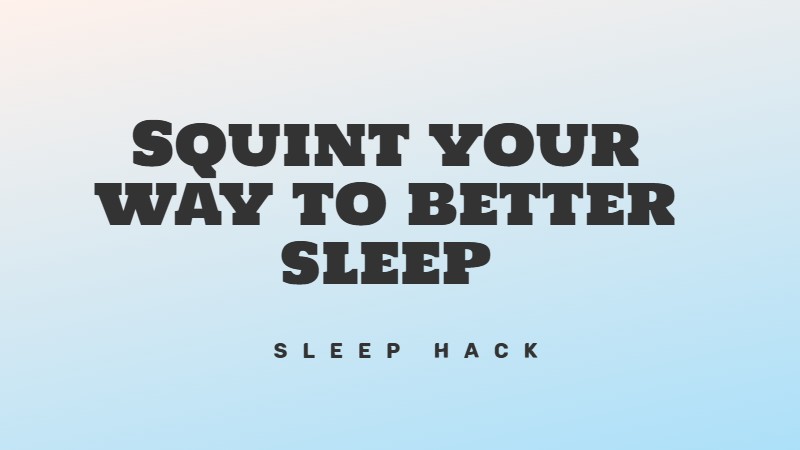Your hair grays. Your joints stiffen. You need reading glasses. You move a little slower. These changes accumulate over years, giving you time to adjust and adapt. Nothing dramatic, nothing sudden, just the gentle decline everyone talks about.
At 55, I figured I had plenty of time before any real physical limitations kicked in. My doctor never mentioned balance during checkups. My gym routine focused on cardio and weights.
Then last week, a colleague dared me to stand on one leg during our lunch break. I managed eight seconds before toppling over like a broken metronome.
I laughed it off as a fluke, but the research says those eight seconds just told me more about my mortality risk than any blood test ever has.
This simple 10-second test predicts your risk of death better than most medical exams
You’re brushing your teeth when someone asks, “How long can you balance on one foot?” You laugh it off as a silly party trick. Big mistake. That “silly” test just became one of the most powerful predictors of how long you’ll live.
Recent research tracked 1,702 adults aged 51-75 for seven years. The results were startling. People who couldn’t hold a single-leg stance for 10 seconds faced double the risk of death compared to those who could.
A simple 10-second balance test outperformed complex medical screenings at predicting longevity. Your ability to stand on one foot reveals more about your health than most people realise.
“Balance is the factor most affected by age, with significant changes in each decade of life.”
A follow-up Mayo Clinic study of 40 healthy adults over 50 confirmed these findings. Balancing on your non-dominant leg proved to be the single best indicator of neuromuscular aging. Better than grip strength. Better than walking speed. Better than leg strength.
Your balance system operates like a sophisticated computer network. Your eyes scan the environment. Your inner ear detects head movements. Your muscles and joints send position data to your brain. When all systems work together, you stay upright effortlessly.
Age attacks each component. Vision dims. Inner ear function weakens. Muscle strength fades. Joint sensors become less accurate. The result? Your brain struggles to keep you stable.
But here’s the good news. You can fight back.
Why balance beats other health markers
Most doctors check your blood pressure, cholesterol, and weight. These matters, but they miss a critical piece of the health puzzle. Your balance reflects how well your nervous system, muscles, and senses work together.
When you stand on one leg, your brain processes thousands of tiny adjustments every second. Weak muscles can’t make these corrections. Damaged nerves send faulty signals. Poor coordination leads to falls.
Falls kill more seniors than car accidents. One out of four adults over 65 falls each year. Twenty percent of falls cause serious injuries like broken bones or head trauma. The fear of falling often leads to less activity, which creates a dangerous cycle of weakness and increased fall risk.
Your one-leg balance test captures all these risks in 10 seconds.
The 10-second challenge
Ready to test yourself? Here’s how:
Can you hold it for 10 seconds without wobbling or putting your foot down? Try both legs. Most people find their non-dominant side weaker.
If you failed, don’t panic. Balance responds quickly to training. Studies show meaningful improvements in just four weeks of practice.
Your balance training game plan
Start with these basic moves if you’re new to balance work:
Ready for more challenge? Try these intermediate moves:
Advanced practitioners can try:
Beyond the basics
Balance training offers benefits that extend far beyond fall prevention. Athletes use balance drills to improve performance and reduce injury risk. Studies show balance exercises cut ankle injuries by 36% in soccer players.
Your brain benefits too. A 2019 study found 12 weeks of balance training improved memory and spatial thinking in healthy adults. Balance exercises create new neural pathways and strengthen existing ones.
The best balance programs combine stability work with strength training. Weak muscles can’t stabilise your body effectively. Squats, lunges and calf raises build the foundation for better balance.
Yoga and tai chi offer excellent balance training disguised as relaxation. These practices improve flexibility, strength, and body awareness while reducing stress.
Making balance part of your day
You don’t need gym time or special equipment. Sneak balance training into daily activities:
These micro-sessions add up. Just 10 minutes of daily practice can produce measurable improvements in four weeks.
Safety first
Start slowly, especially if you’re over 50 or have health conditions. Position yourself near a wall or sturdy furniture for support. Never practice balance exercises when you’re tired or distracted.
Stop immediately if you feel pain, dizziness, or shortness of breath. Check with your doctor before starting any new exercise program, particularly if you have heart disease, diabetes, or a history of falls.
Wear proper footwear or go barefoot. Avoid socks on smooth floors. Check your exercise area for tripping hazards like loose rugs or cords.
Start with supported exercises and progress gradually. Master basic movements before advancing to unstable surfaces or eyes-closed variations.
The research keeps coming
Scientists continue uncovering new connections between balance and health. Recent studies link poor balance to increased dementia risk, cardiovascular disease, and even depression.
The Mayo Clinic research revealed that balance decline happens faster than previously thought. People lose about 2.2% of their balance ability per year after age 50. By age 70, many people have lost 50% of their balance capacity.
But training reverses this decline. Regular balance practice can restore abilities to levels seen in people 10-15 years younger.
The time to start is now
Balance deteriorates silently. You might not notice problems until you stumble or fall. By then, weakness and fear can create a cycle that’s harder to break.
Starting balance training in your 40s or 50s prevents problems before they begin. Beginning in your 60s or 70s can restore lost abilities and confidence.
Your brain maintains remarkable plasticity throughout life. New neural connections form at any age. Muscles respond to training whether you’re 30 or 90.
The Mayo Clinic study’s most encouraging finding? Balance improvements came quickly. Participants saw meaningful gains in just four weeks of training.
Bottom line
That 10-second test reveals more about your health than most people realise. Your balance reflects how well your entire nervous system functions. Poor balance predicts falls, injuries, and even death.
But balance responds to training faster than almost any fitness component. Four weeks of practice can restore years of lost ability. Simple exercises done consistently beat complex programs done sporadically.
Start today. Stand on one foot during your next phone call. Walk heel-to-toe down your hallway. Do calf raises while waiting for coffee.




Leave feedback about this